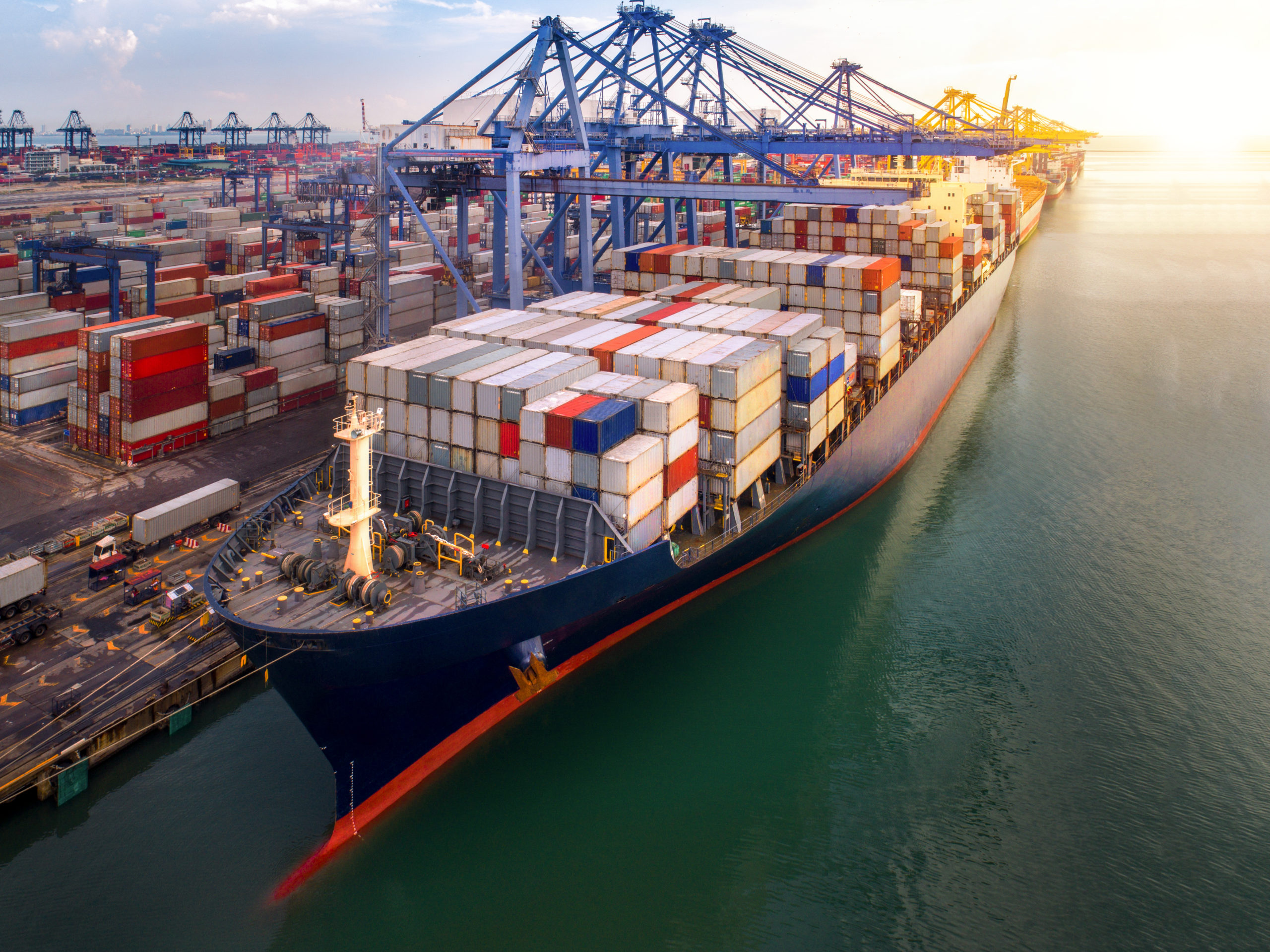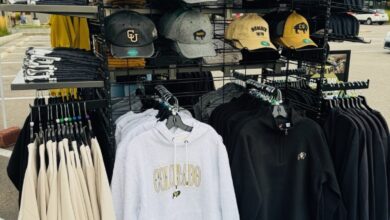Custom Graphics Industry Deals with Port Congestion & Supply Chain Halts
From delayed supplies to increased shipping costs, suppliers within the sector are taking a hit
Not unlike earlier in the year, businesses within the custom graphics sector are once again facing issues in the supply chain. Only this time, there is another factor at play — congestion and backlog within major ports throughout the United States.
According to Insider, ports in Los Angeles and Long Beach, California, hit multiple new records every day for a week straight in mid-September. During this time, the line of vessels waiting to unload their cargo lengthen on average by 10 ships, with a record-breaking number of ships within the locations — 147 to be exact. With all these ships in one place, The Port of Los Angeles concluded that the average wait time for the vessels was about 8.7 days — about 2.5 days longer than the month before.
According to TVF, the sustained peak season demand from Asia to the U.S. continues to produce port congestion flare-ups, which in turn breed bottlenecks and strains elsewhere on the trade lane. This cycle of pileups is thus expected to continue at least through the New Year and likely until inventories are replenished to sufficient levels.
As a result of this congestion, two major problems are rising to the forefront: supply chain delays and increased shipping costs.
“Out of control freight rates and historic log jams at U.S. ports are creating delays and costs that are wreaking havoc on supply chains,” writes American Apparel & Footwear Association President and CEO Steve Lamar in his letter to U.S. Trade Representative Ambassador Katherine Tai. “Every American company, whether engaged directly in international trade or an indirect beneficiary of international trade, is impacted by the chaos and cost increases caused by the shipping crisis.”
Supply chain delays
Throughout the COVID-19 pandemic, many raw materials and parts have been difficult to source. This is no exception for the custom graphics industry, which relies heavily on shipped and/or imported parts and materials.
“The supply chain — from overseas especially — is out of balance and has reduced capacity right now,” explains Scott Sletten, president and CEO of JDS Industries. “This is causing a lot of delays getting containers shipped, and then once they are shipped, the ports and transportation methods are also having many issues once here in the U.S., which is causing more delays.”
More specifically, screen-printing inks and the company’s that manufactuer them are being directly impacted. Jeanette Hardy, marketing director of Avient Specialty Inks, says, “The port congestion and supply chain halts have had a significant effect on our ability to manufacture inks in accordance with customer demand and also to ship to our customers in a timely manner. Transportation, raw material shortages, and labor costs continue to increase. Avient Specialty Inks and other ink manufacturers have have had issues with price increases.”
Due to this instability and uncertainty, graphics businesses have had to pay special attention to what is and will be available to them.
“Inventory management has always been important, and we’re even more focused than usual on what’s available and what’s likely to be available in the coming months,” explains Andrew Oransky, Roland DGA president and CEO.
Increased shipping costs
As with many other transportation industries during the COVID-19 pandemic, freight shipping costs have skyrocketed. According to Insider, the price for transporting a 40′ container between the U.S. and Asia jumped 500% from this time last year to $20,586.
Due to this sharp increase, the graphics industry has been hit hard. Sletten remarks, “With demand being much higher than supply in shipping right now, that has caused containers rates to skyrocket over the past year. We are paying on average 5-6 times as much for containers compared to last year. This is causing the landed cost of products to increase substantially. The lower the value of the products on a container, the higher the impact of this increase is on freight rates. In some cases, just this fright alone is going to cause pricing to go up 50-100%.”
He continues, “On top of this, we are expecting more factory cost increases as well — which will mean, overall, that the 2022 price increase will be the largest our industry has probably ever seen. We are hopeful that things will get more into balance again in 2022.”
From another perspective within the industry, Oransky says, “Transportation costs have increased 300-400% in many cases.” He explains, “So far, we’ve been able to manage the increased costs without raising prices. Unfortunately, the delivered cost to users of many of our products are higher lately, purely because of trucking costs.”
Going forward
Where does this leave graphics businesses with orders to fill and customers to appease? Approaching this dilemma with two key tactics may be the way to go.
1. Order in bulk
“With transportation costs at an all-time high, larger orders of raw materials can often save money by spreading shipping costs over more goods,” advises Oransky. “In most cases, the first pound is the most expensive to ship, so getting extra vinyl, ink, or blanks can save money in the long run. It also means that when those items become scarce, as they inevitably will, shops are more likely to have inventory on hand. It also makes sense to have backup choices for commonly used products researched and qualified so, in an emergency, you can make substitutions to ensure finished products continue to get out the door.”
From a printing perspective, Hardy recommends, “Order the inks you need and allow an extended time frame for delivery. Try to avoid overstocking inks, as this will result in supply strain, and we want to continue to maintain supply to as many printers as possible.”
2. Communicate with your customers
In addition to taking care of your materials, you should also take the time to communicate openly with your customers.
“When shortages and delays are unavoidable, constant communication with our customers helps avoid disappointment and allows everyone to make plans accordingly,” recommends Oransky.
Whether you found comfort in knowing you’re not alone or gained a certain level of understanding, we hope this breakdown helps you navigate the developing issue of port congestion and supply chain disruption happening within the custom graphics industry.




